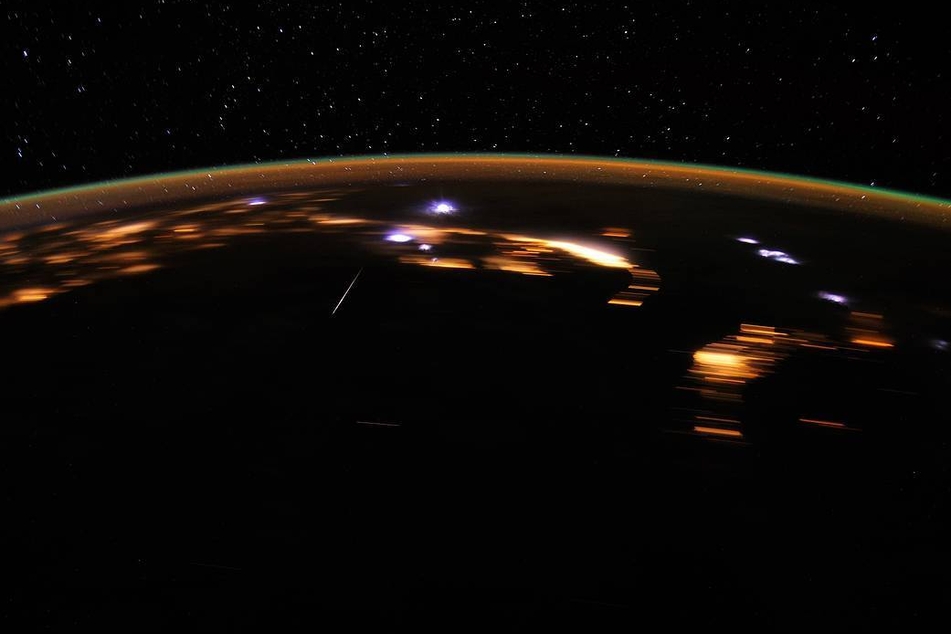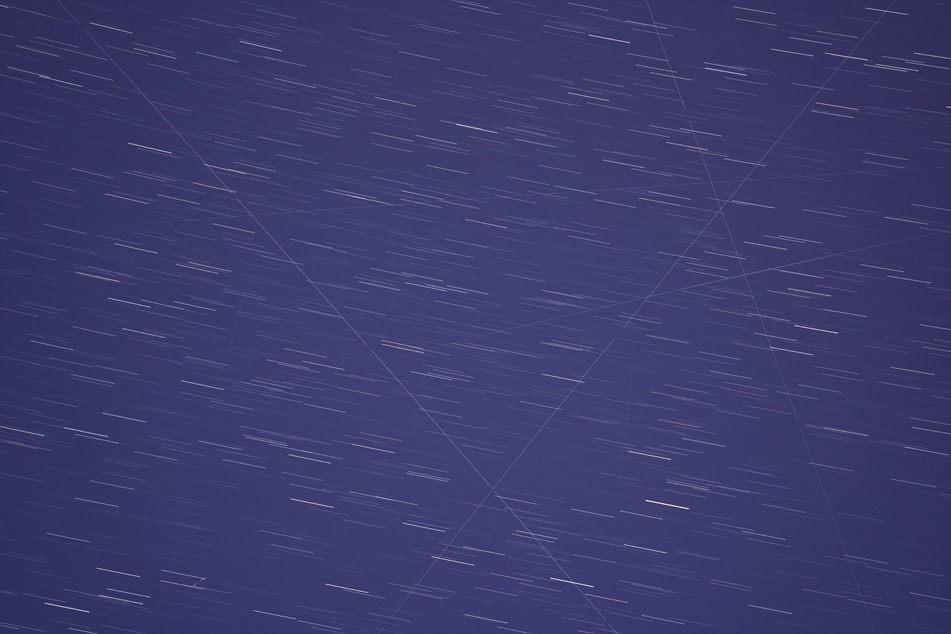How to watch the Lyrids meteor shower in April 2023
The first meteor shower of 2023 is almost here. The Lyrid meteor peaks between April 21-23, and the stellar spectacle promises to be more sparkling than ever!

Every year starting the middle of March, the Lyrid meteor shower graces the spring skies. But this year, because the moon will be a waning crescent, this amazing natural phenomenon will be even easier to sight.
Here's all you need to know about what the Lyrid meteor shower is, when it's happening, and how to watch it in the US.
Buckle up for a light show like no other!
What is the Lyrids meteor shower?
Per NASA, the Lyrids meteor shower is one of the oldest known of this type of phenomenon.
The first recorded sighting was by the Chinese in 687 BC. The meteors are pieces of space debris that are burning up in the Earth's atmosphere. These meteors are originally from the comet C/1861 G1 Thatcher, which was discovered in 1861.
This particular astrological event is famous for its fast, bright meteors. These meteors don't usually boast brilliant long tails, but they do produce the occasional bright flash, which is called a fireball.
According to scientists at NASA, as many as 100 meteors have been seen at the shower's peak, but typically, there are more like 18 per hour. In 2023 the Lyrid's predicted peak is between April 21-22.
How to watch the Lyrids meteor shower

Watching this show is easy.
All you need to do is get away from the city lights with something to sit or lay in while you look at the sky.
Many meteor showers are named after their radiant, which is the point in the night sky from which the shower appears to come. The Lyrids appear to come from the constellation Lyra, the harp.
But Lyra is near the star Vega, which is one of the brightest in the night sky. Light can get in the way of watching meteor showers, which is why NASA suggests you look away from the radiant constellation. This will make the meteor streaks appear longer.
Do what the scientists say and make sure you lay down with your feet facing east! After about 30 minutes in the dark, per NASA, your eyes will have adapted, and you'll be ready to catch the show.
NASA says the Lyrids are best viewed in the Northern Hemisphere after moonset and before dawn. So if it's not too cold, you could hang out all night looking up at the sky.
Cover photo: NASA/JSC/D. Pettit